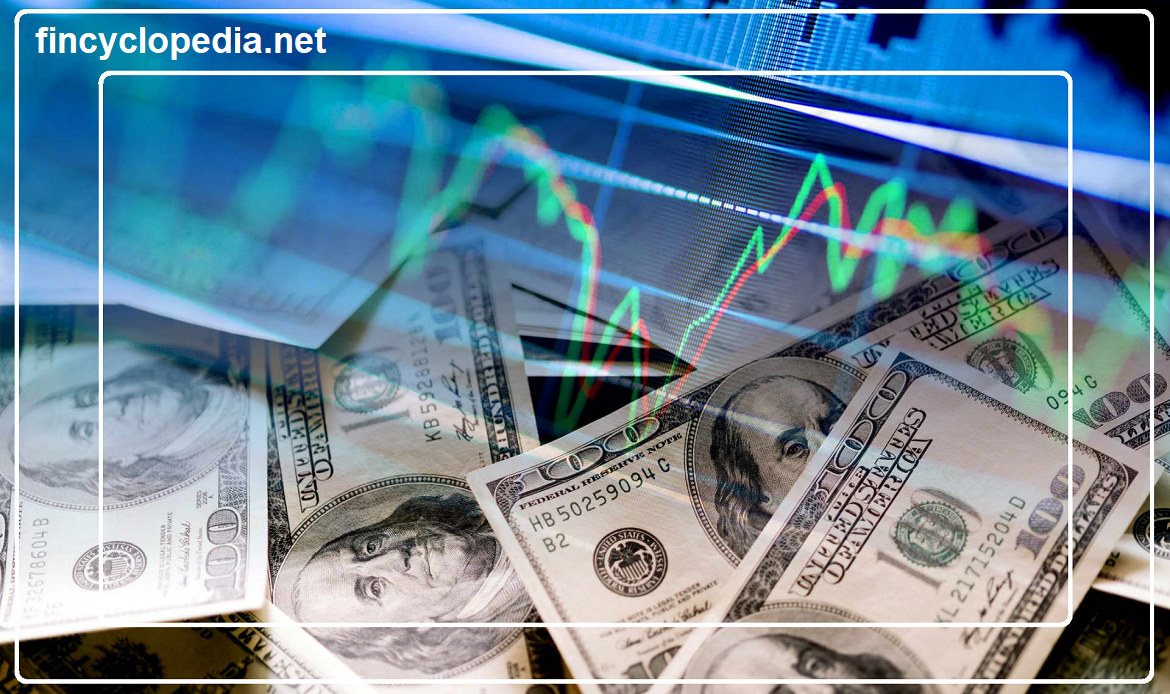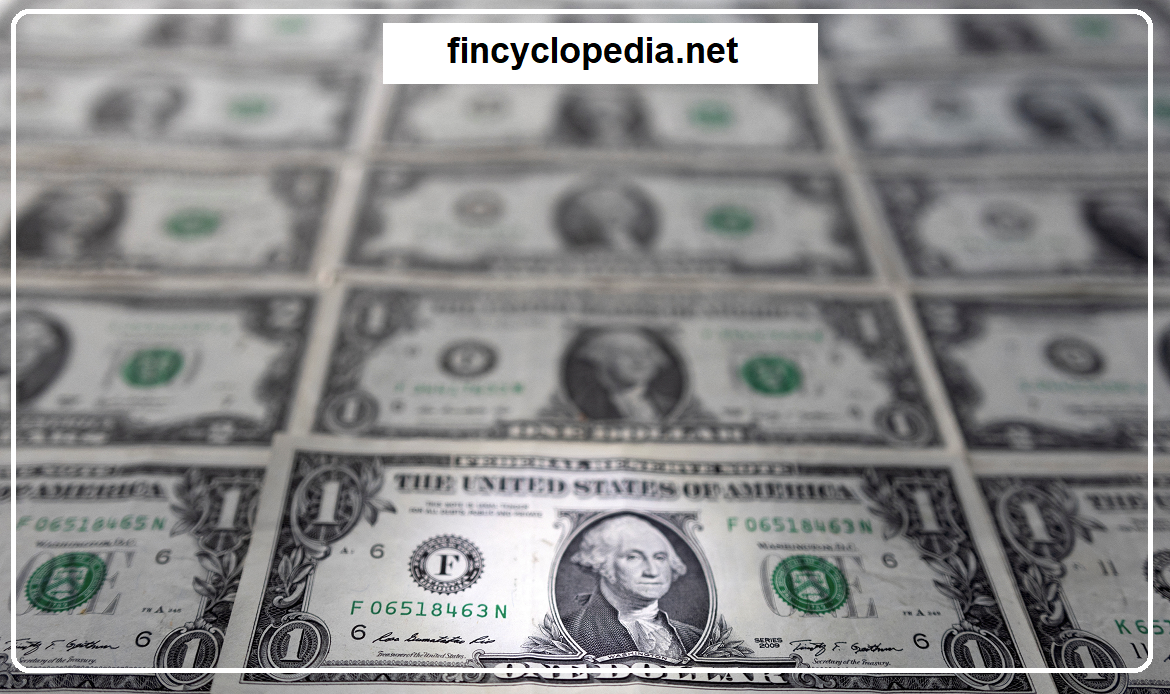A stage of credit cycle that marks a point in time prior to a complete or major market crash (downturn). It occurs when market participants flock to take part in aggressive speculative activity which turns into harmful market developments, leading to higher credit risks during extended upturn times.
Minsky moment depicts is a sudden, major collapse of asset values in an economy which heralds the end of the growth phase of a credit cycle.
Hyman P. Minsky was an economist (Levy Institute) with a particular expertise on credit crunches. Minsky came up with the financial instability hypothesis, mainly derived from John Maynard Keynes’s economic views. Minsky maintained that endogenous processes lays the foundation for financial and economic instability, and cyclical downturns are accompanied by involuntary unemployment. In contrast with conventional economic theories (e.g., efficient market hypothesis, EMH), Minsky’s financial instability hypothesis holds that the structure of a capitalist economy loses its strength over a period of prosperity (upturn phase). The expansionary phase of the financial instability hypothesis is followed by a Minsky moment. If a central bank or a similar central authority does not intervene, a Minsky moment (downturn) may develop into a full-swing economic meltdown characterized by a rapid deterioration in asset prices and credit markets, which badly impacts investment and production, and drive unemployment to higher levels.





